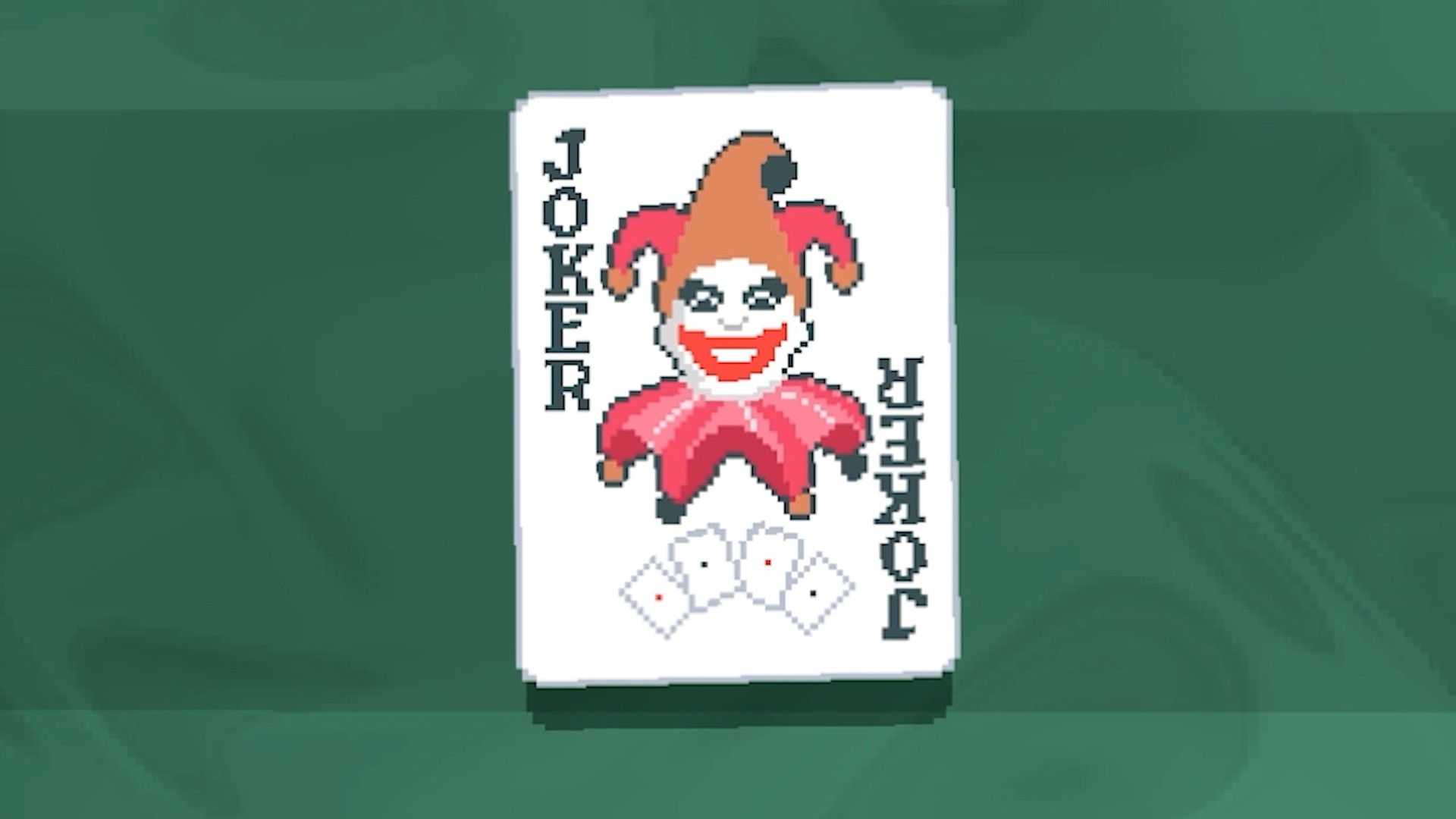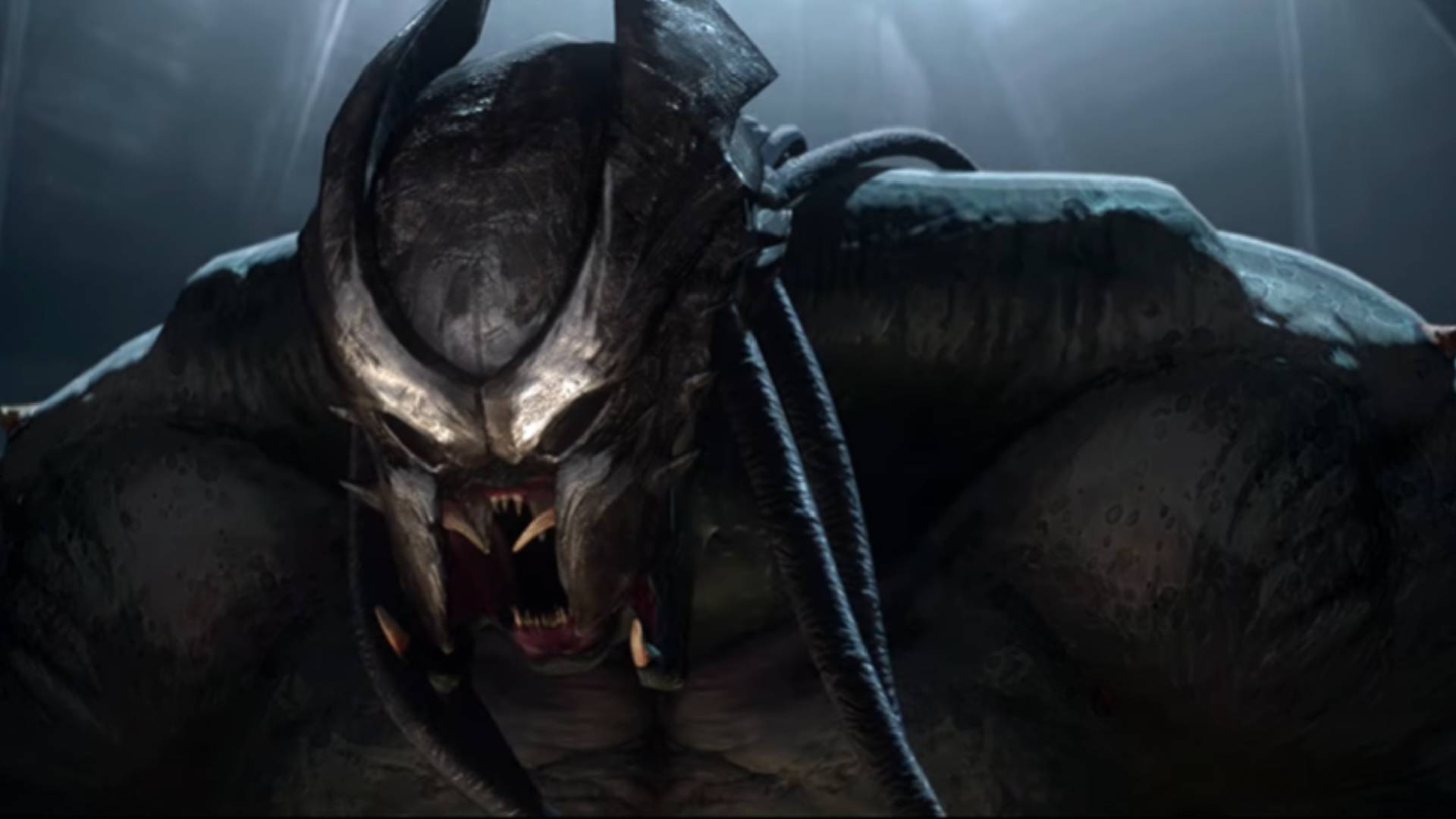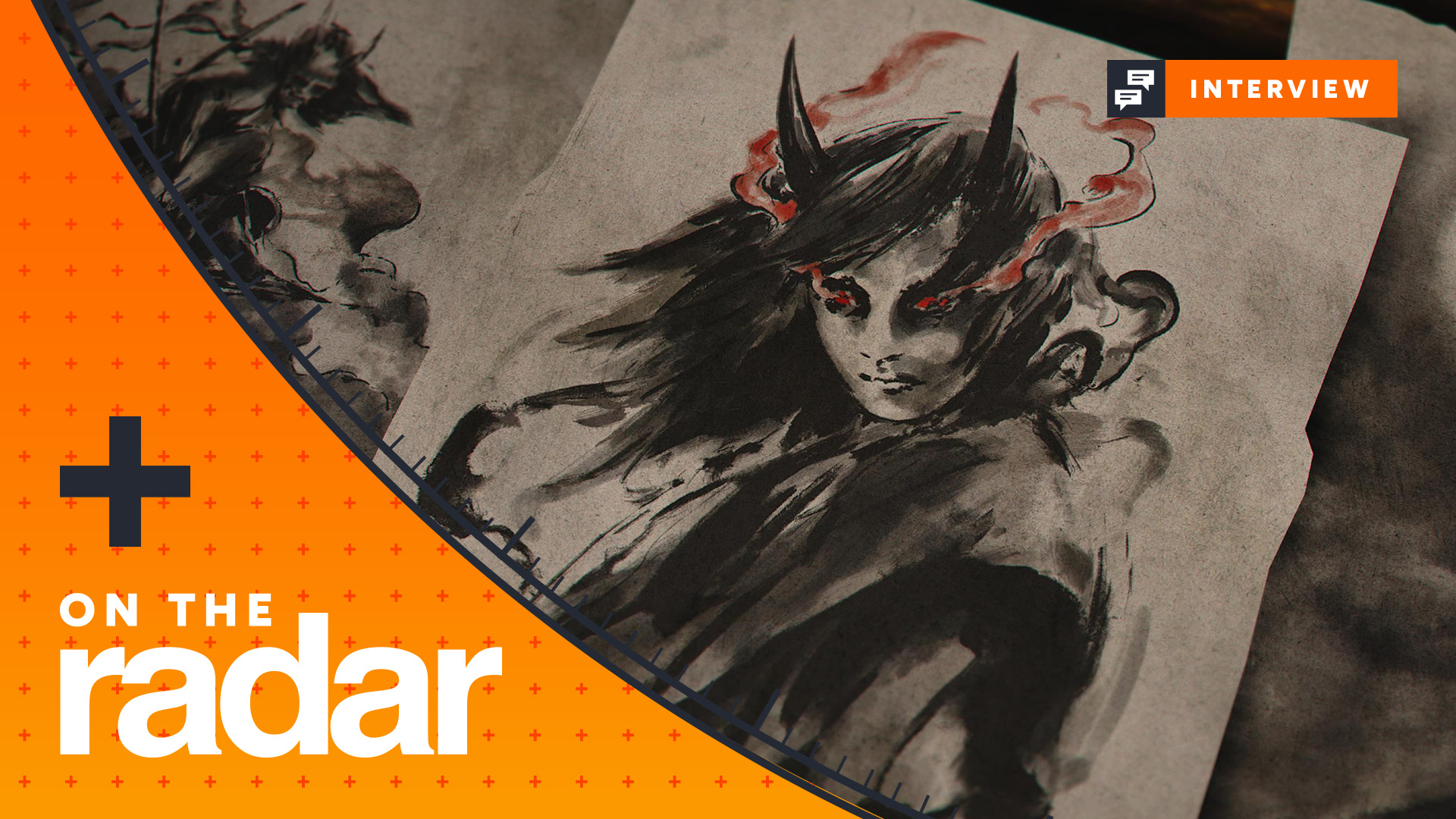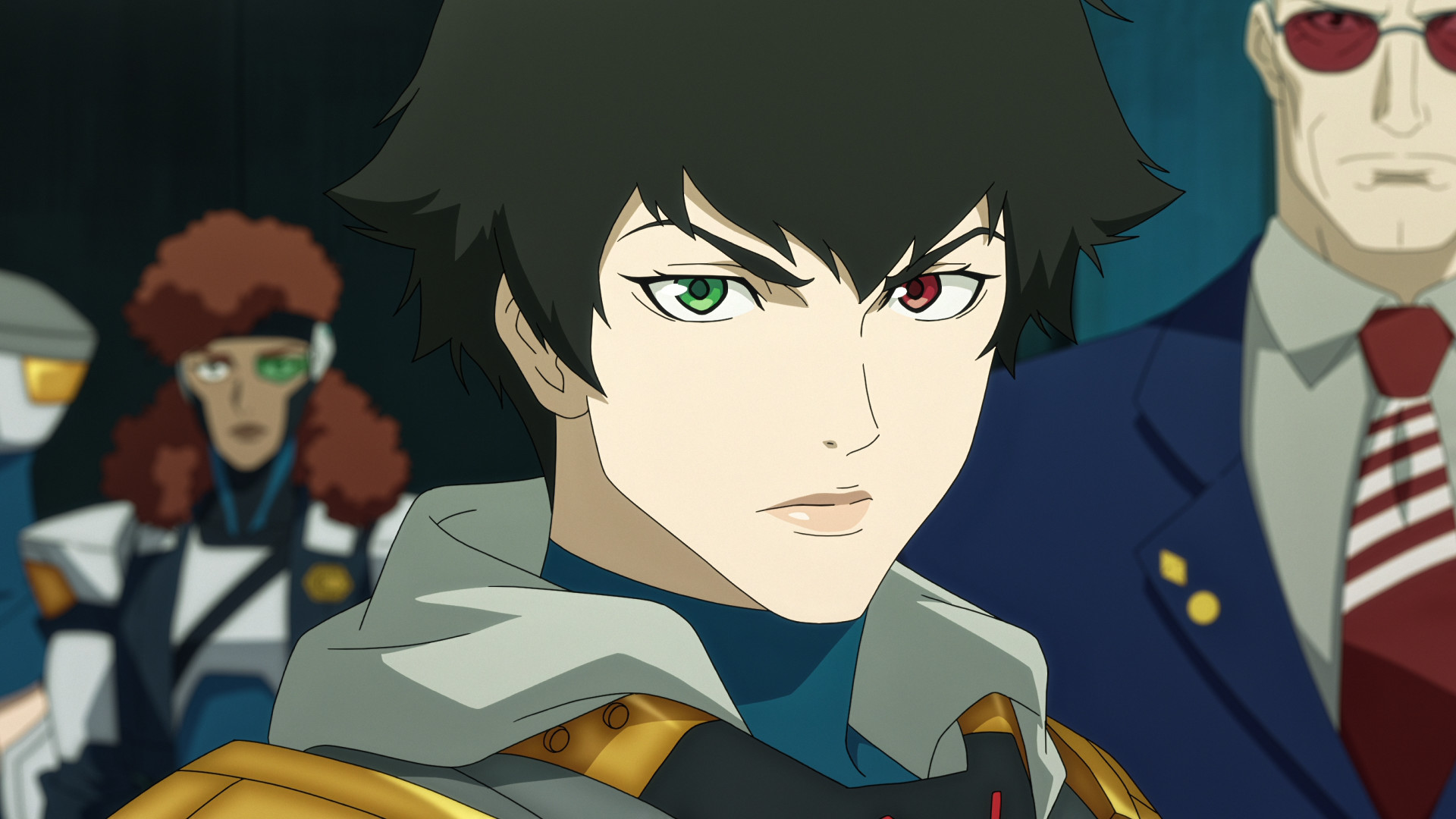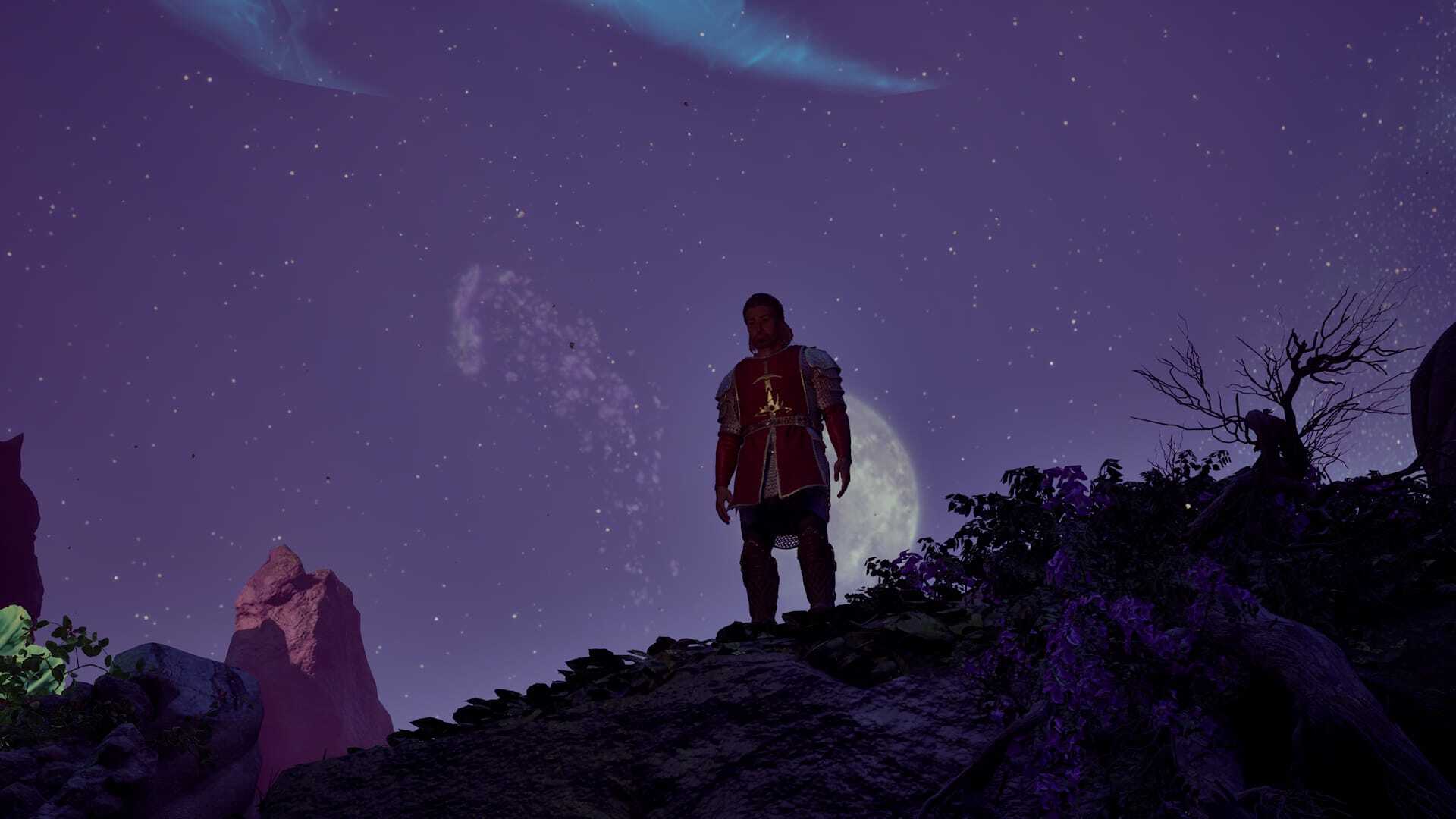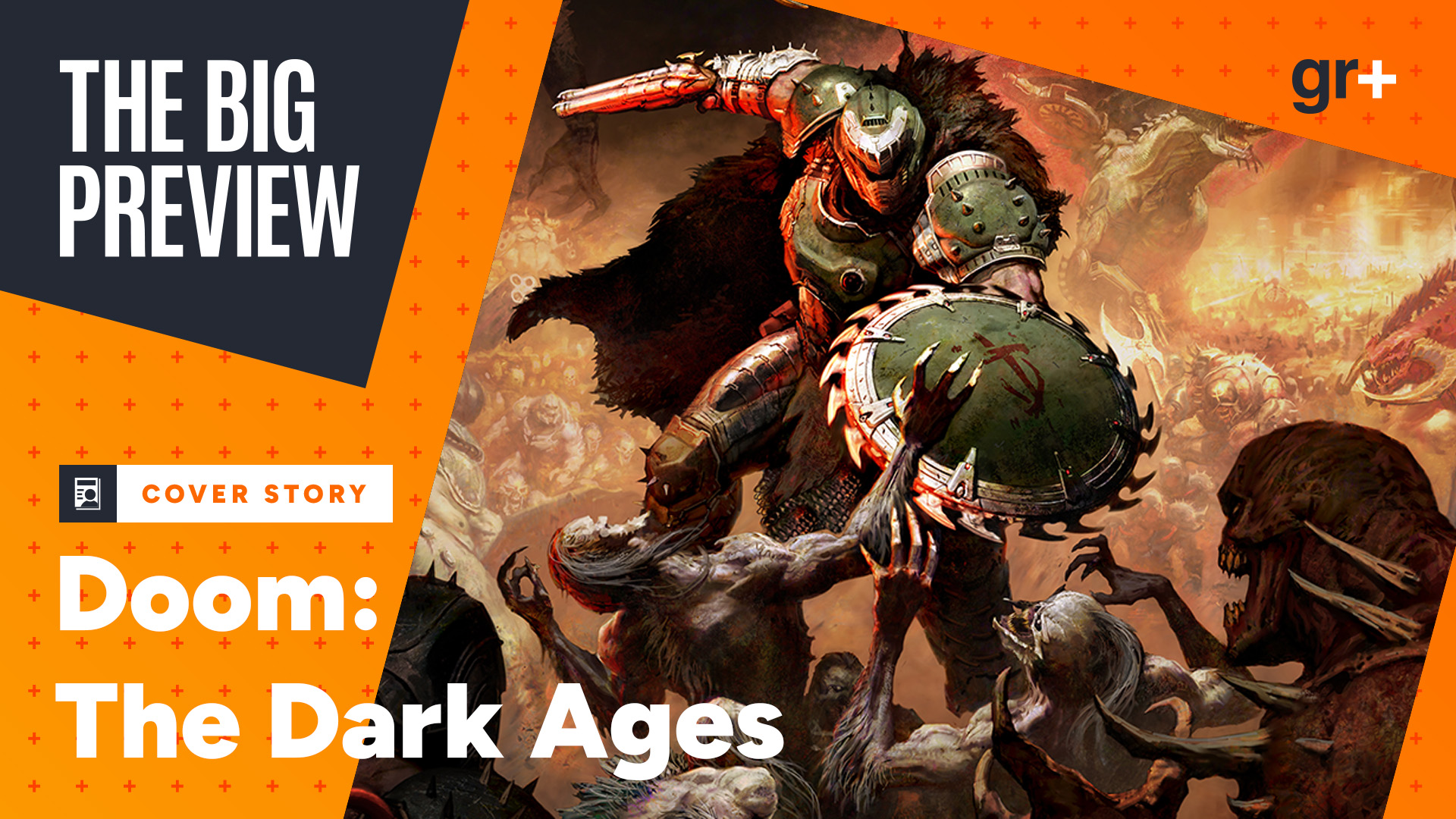Is It Just Me... Or Did Jack Make A Better Joker Than Heath?
Nicholson's Joker is the benchmark by which all comic-book villainy must be judged
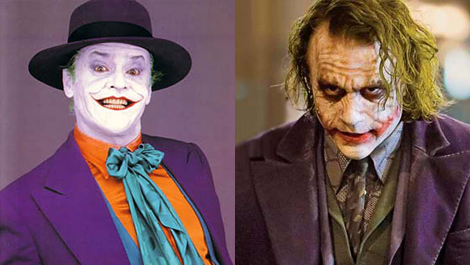
Now before Heath Ledger’s fanboys get in touch, we’re not suggesting for a moment that posthumous Oscar wasn’t heartily deserved.
Nor are we saying that the late star didn’t bring fascinating shadings to a character that became truly scary in his talented hands.
In essence, though, Heath’s Joker was a reaction rather than an interpretation – an act of revisionist reclamation that implicitly paid lip-service to Nicholson’s portrayal two decades earlier.
Without Jack’s Joker, Heath’s couldn’t have existed, simply because he’d have had nothing to change.
The notion that the first take on a character is necessarily the best doesn’t always hold true.
No one remembers Ricardo Cortez’ Sam Spade in the original Maltese Falcon , for example, simply because Bogart made the role his own 10 years later in a far superior film.
Indeed, it’s not as if Jack himself didn’t have antecedents to draw on – the Caped Crusader’s cackling nemesis had already been brought to memorable life by Cesar Romero.
Sign up for the Total Film Newsletter
Bringing all the latest movie news, features, and reviews to your inbox
Nicholson, though, knew it wasn’t enough to play the Joker big. He needed to be the craziest, kookiest, mentalist bad guy ever seen – a force of nature larger than life, bigger than the film, greater even than the actor playing him. A comic-book villain.
Jack, though, had a secret weapon: his own bad-boy persona and history of portraying unhinged nutjobs.
His Joker could therefore be an extension of his real-life attributes, inviting the audience to make delicious comparisons between fact and fiction.
Ledger, a far more unassuming individual, could only presume the characteristics that came to Nicholson automatically.
His performance is a work of stunning transformation, but it lacks the fabulous collision of fantasy and reality that makes Jack’s, in his own words, “a piece of pop art.”
The other thing The Dark Knight ’s villain lacks is any sense of journey or progression.
Ledger’s Joker arrives fully-formed – a hunched, growling freak with clownish slap and ghastly grin already in place.
In Batman , though, we see how Jack Napier becomes the Joker – a cliché perhaps, but still one that makes the character feel more complete and satisfying.
Nicholson also has much better lines – the likes of “Never rub another man’s rhubarb!”, “Where does he get those wonderful toys?” and, of course, “You ever dance with the devil in the pale moonlight?” knock the best of Ledger’s aphorisms into a jauntily cocked purple hat.
OK, so there are parts of Burton’s film that now make one shudder – Kim Basinger, Prince’s songs, that cheesy moment when the Batplane poses on the moon.
For good or ill, though, it will always be the daddy of the current superhero boom and, thanks to Nicholson, the benchmark by which all comic-book villainy must be judged, Heath included. Or is it just me?
VOICES OF REASON
Matthew Leyland
Jack’s turn is pure pantomime; plus he was too paunchy and old to pose a physical threat to the Bat-bloke. And that bit where he dad-dances to Prince... In short, not scary. Best Joker ever? Mark Hamill. Best Joker who never was? Crispin Glover.
Jamie Graham
Great as he is, Nicholson’s Joker is Jack Torrance with greasepaint. Ledger gets beneath the mask and under the skin.
Rosie Fletcher
Thing is, you never really believe that Nicholson’s Joker is insane. But Ledger’s Joker feels utterly unhinged, which makes him terrifying and unpredictable rather than cartoon villain-ish. For me ‘crazy’ beats ‘big’ every time.
Neil Smith is a freelance film critic who has written for several publications, including Total Film. His bylines can be found at the BBC, Film 4 Independent, Uncut Magazine, SFX, Heat Magazine, Popcorn, and more.
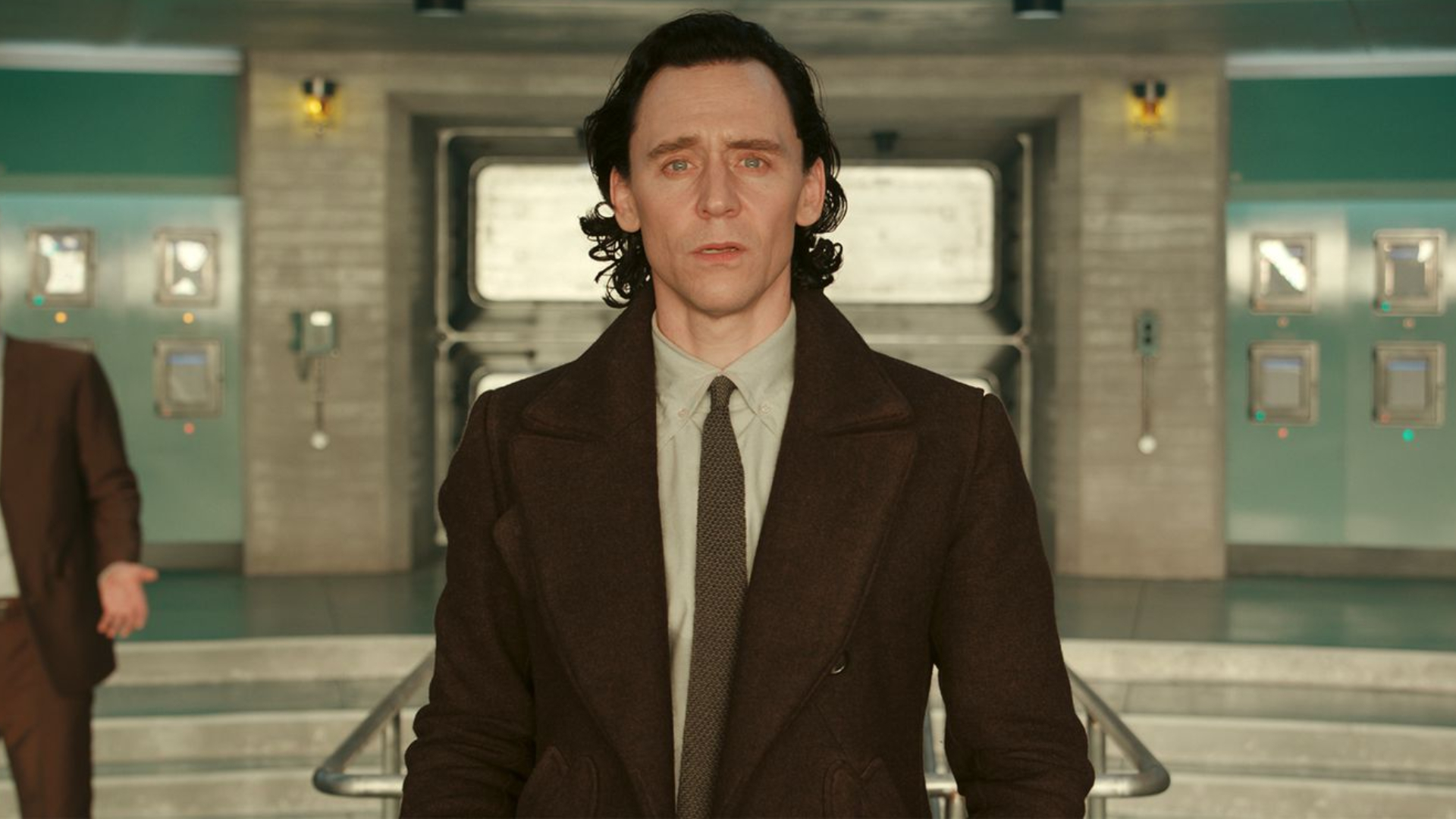
Tom Hiddleston finally addresses his Avengers: Doomsday casting: "It’s been an extraordinary chapter in my life playing Loki, and it's not over yet"
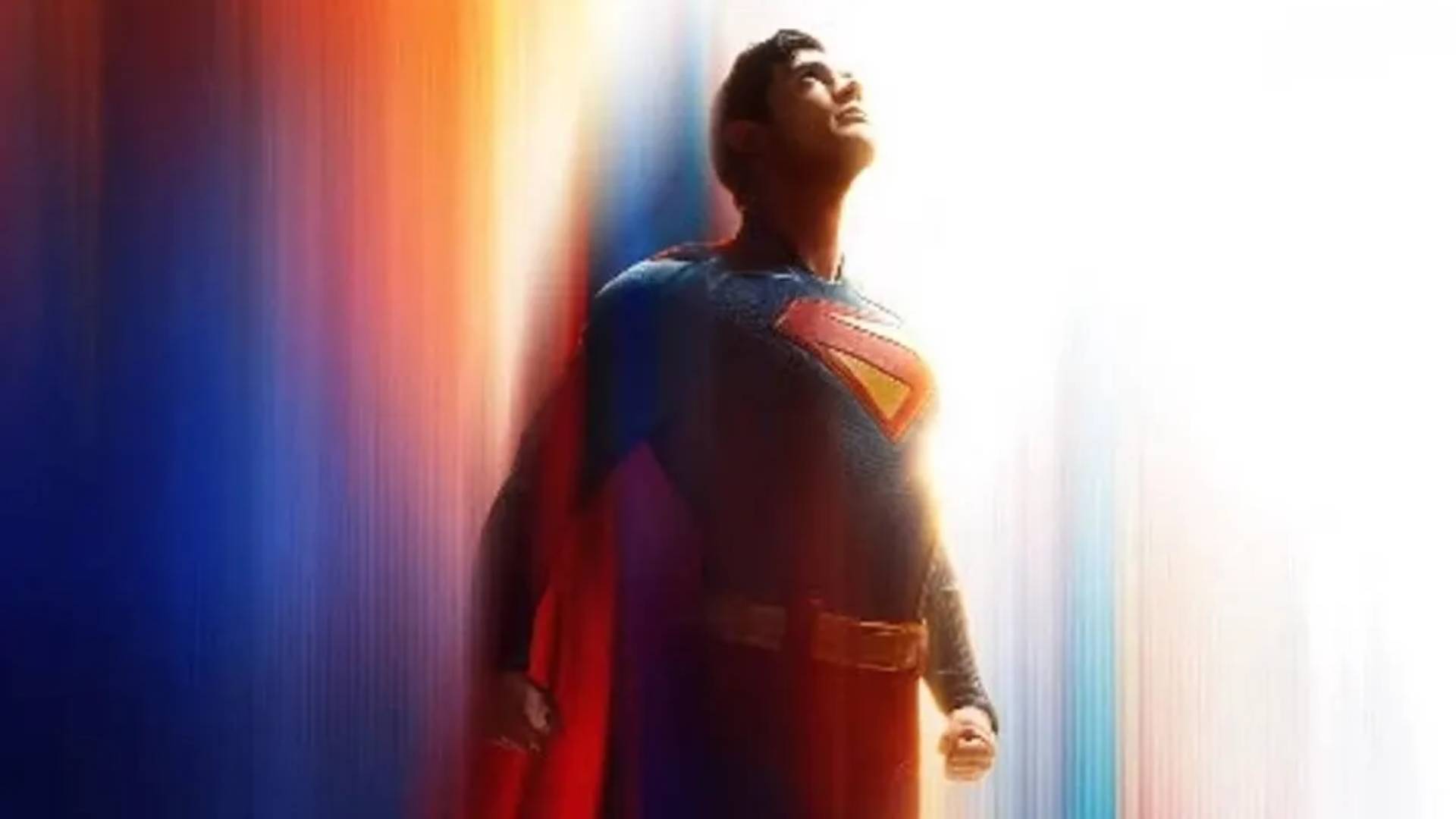
Superman is the hero 2025 needs, and Justice League writer Mark Waid knows why: "There is a sense of dread that is an undercurrent to every moment of our lives," and "Superman is always the symbol of hope"
